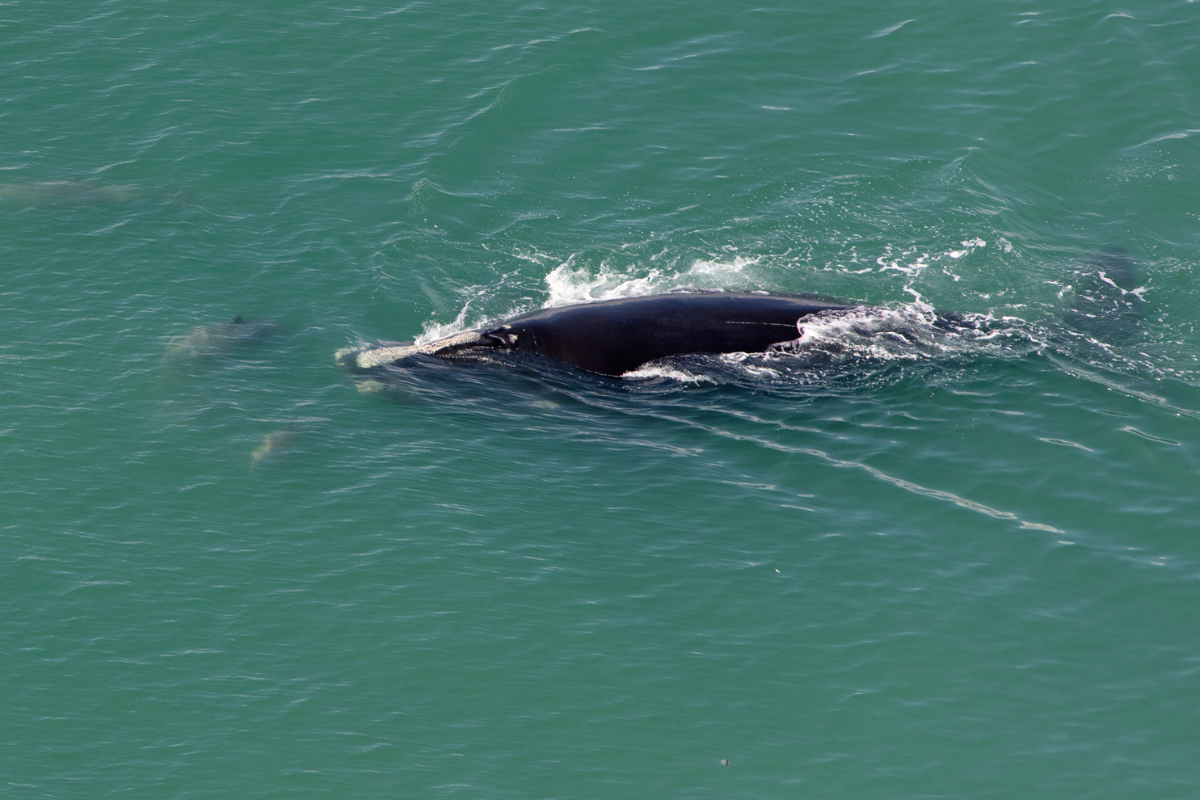

The latest annual report that counts the number of right whales shows that the population of right whales is still critically endangered, and the population continues to decline. Now, environmental groups are calling for more action to protect the species.
Videos by Outdoors with Bear Grylls
Oceana, a major conservation group focused on protecting the world’s oceans, is trying to build awareness of the new data in hopes it will pressure agencies to put more protections in place. The data gathered by the North Atlantic Right Whale Consortium suggests there were only 356 of these whales in 2022. That’s a drop from the prior estimate of 364 in 2021. The report found the leading cause of death of right whales is collisions with boats.
“Each year, it’s unfortunately the same story: North Atlantic right whales are swimming along the cliff of extinction. We know what is killing these whales, and yet long-term solutions like stronger vessel speed rules are continually delayed,” said Gib Brogan, a campaign director at Oceana, in a press release. “NOAA’s job is to prevent the extinction of critically endangered animals like North Atlantic right whales, yet this species is still not on a path to recovery and desperately needs stronger safeguards from ship strikes and fishing gear entanglements.”
Oceana is also pressuring Canadian fishing groups for more restrictions. The report says the second leading cause of death for the animal is fishing nets.
Right whales live in the northern Atlantic Ocean. The name “right whale” comes from being the “right” whale to hunt, meaning it was an easy catch, because the whale lives near shore and swims very slowly.
The animal has been listed as endangered since the creation of the Endangered Species Act 50 years ago.









